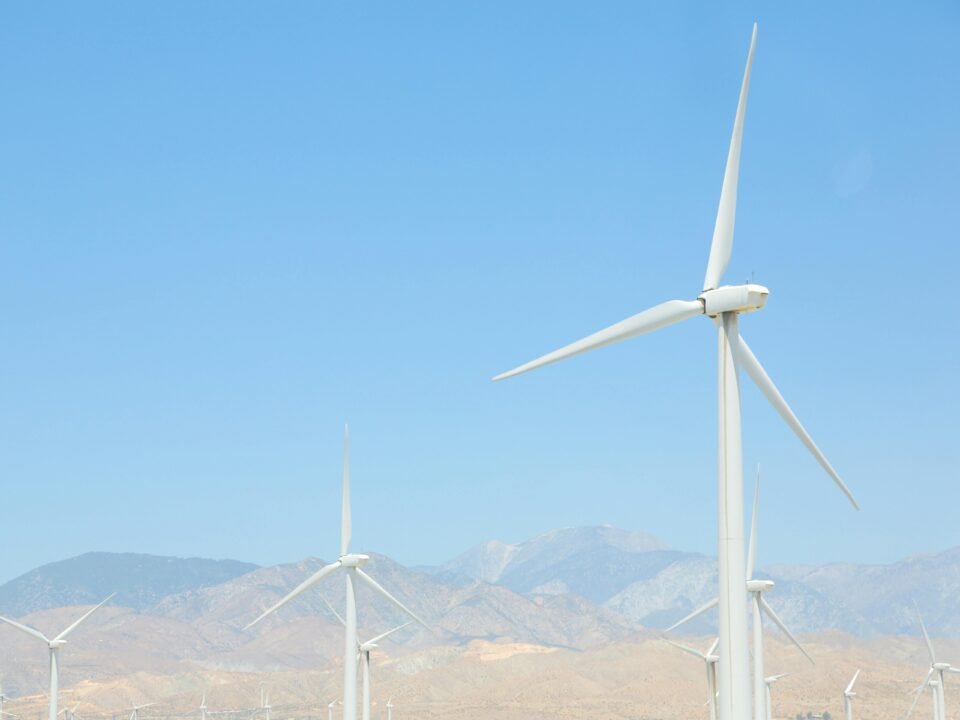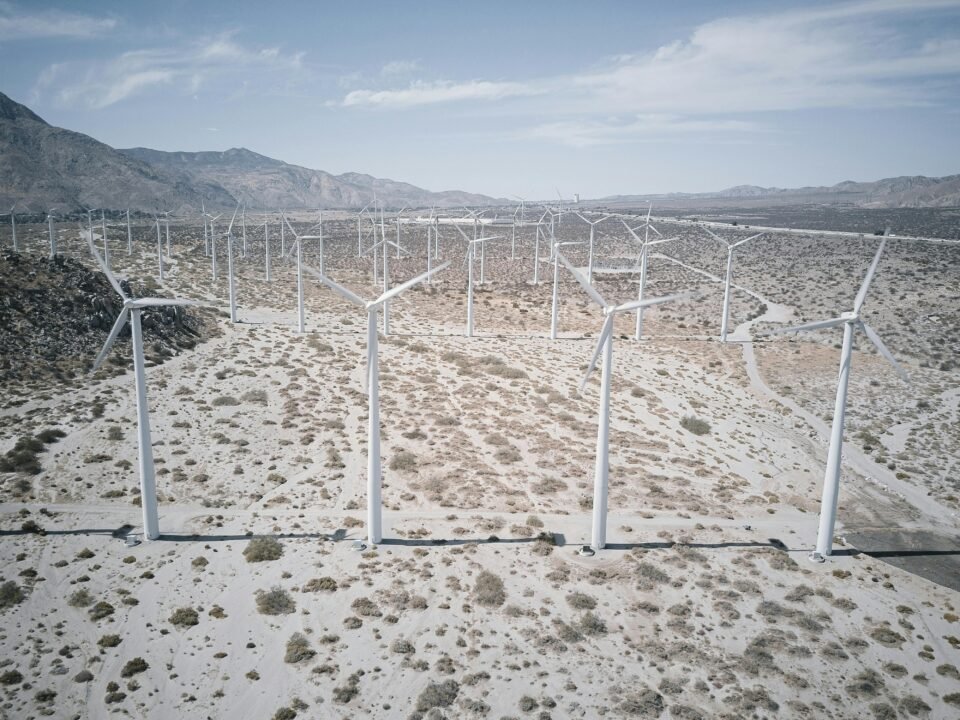
The ultimate facts about thermal power plant in India
April 1, 2023
Why using solar energy over other sources to save the environment
April 1, 2023The power plants in India is heavily impacted by the powerful south-westerly monsoon, which begins in May-June, and the lesser North-eastern monsoon, which begins in the winter months. This was discovered when mapping the potential. Wind power production in the nation accounts for between 60 and 70 percent of the total and peaks in the months of April through September, coinciding with the height of the South-West monsoon’s influence.
Gross potential
- The gross wind potential has been assessed at 48,500 MW based on wind velocity data gathered at the macro level from nine states and wind potential density >200 W/m2 at 50 m.
- “In 2016–2017, India installed more wind capacity than ever before at 5.5 GW, and the South Asian country hopes to reach 60 GW of wind power by 2022.”
- Nowadays, wind power generates roughly 10% of India’s total electrical capacity.
Private investment in wind generation
- The Indian government is encouraging private investment in wind power generation in India projects around the nation by providing a variety of tax and financial incentives.
- The federal government has set up more than 800 wind monitoring stations under the National Institute of Wind Energy (NIWE).
Size matters when it comes to wind turbines
Blades on wind turbines are typically over 200 feet in length, while turbine towers are often over 300 feet in height, or roughly the same as the Statue of Liberty. Moreover, turbines are becoming more powerful as measured by their nameplate capacity. A 9% increase from 2020 saw an average capacity of 3 MW for new utility-scale wind turbines in 2021.
Facts about wind turbines
- Wind turbines are rising taller so they can generate power from higher altitudes, where the wind is stronger.
- Learn about the potential for larger wind turbines in a paper from the solar energy companies in India, and check out their interactive wind resource maps to see how fast the wind blows in your state or municipality.
- It is cheap to use wind energy. Recently negotiated power contracts for wind energy range from 1.5 to 4 cents per kilowatt-hour.
India’s largest wind farm, the Jaisalmer wind park, with a capacity of 1,600 megawatts (MW). The solar industries India project is a collection of wind farms in the Jaisalmer area of Rajasthan, India, developed by Suzlon Energy.
Amount of electricity production
- As of October 2009, India ranks fifth in the world in installed wind farms in India, after the United States, Germany, Spain, and China. India is expected to build 6,000 Megawatts of wind generating capacity by 2012.
- The percentage of India’s installed power capacity that comes from wind energy is 6%, while the amount of electricity it produces is 1.6%.
Wind potential of the country
Throughout the 1980s, India launched a program to survey the country’s wind potential and set up demonstration projects to show off the technology’s viability.
They built the wind farms for a wide variety of clients, including governmental and private organizations, IPPs, and utilities. CLP India, Rajasthan State Mines & Minerals, and Hindustan Petroleum Corporation are just a few of the companies that have used their services.
To know more about the work of renewable power companies in India you are welcome to log onto www.alfainfraprop.com or call us at +91 22 42429999 or email us at info@alfainfraprop.com.




